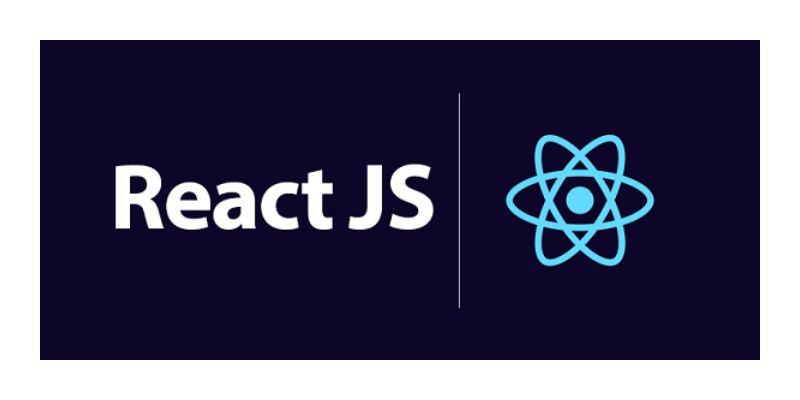
React JS, a popular JavaScript library for building user interfaces, revolves around the concept of components. Components are reusable building blocks encapsulating UI elements’ structure, behaviour, and style. Understanding the different types of components in React is essential for effectively structuring and composing applications. In this blog post, we’ll explore the various types of components in React JS and their respective use cases. To deepen your understanding of React JS, consider enrolling in a React JS Training in Bangalore. These courses provide comprehensive training in React JS and empower you with the knowledge and skills needed to succeed in building modern web applications.
Components in React JS
Class Components:
Class additives are the conventional manner of defining React additives. They are JavaScript classes that extend React. Component magnificence and feature a render method. Class components can manage state, use lifecycle methods, and handle events.
Functional Components:
Functional components are a more straightforward and concise way to define React components. They are JavaScript functions that return JSX elements. Functional components are preferred for simple presentational components or when state and lifecycle methods are unnecessary.
Presentational Components:
Presentational components, or dumb or stateless components, are responsible for rendering UI elements based on the input props they receive. They focus solely on how things look and do not manage any state or logic.
Container Components:
Container components, also known as intelligent components, manage state and behaviour. They encapsulate the logic required to fetch and manipulate data, passed down to presentational components as props. Through the Training Institute in Marathahalli, get an in-depth knowledge in Components of React JS.
Higher-Order Components (HOCs):
Higher-order components (HOCs) are functions that take a component as input and return a new enhanced component. HOCs share standard functionality between components, such as state management, authentication, or data fetching.
Controlled Components:
Controlled components are components whose value is controlled by the React state. They receive their current value via props and notify changes through callbacks. Controlled components are commonly used in forms to keep the React state and the UI in sync.
Uncontrolled Components:
Uncontrolled components are components that manage their state internally using refs. They are typically used when you need to integrate with non-React code or when the input value needs to be accessed imperatively.
Understanding the different types of components in React JS is crucial for building scalable and maintainable applications. Each type has advantages and uses cases using class, functional, or higher-order components. By leveraging the correct component type for each part of your application, you can create a well-structured and efficient React JS application. To enhance your React JS skills, consider exploring Programming Languages Institutes In Bangalore. These institutes offer comprehensive training programs that cover React JS and other modern web development technologies, providing valuable insights and hands-on experience to help you excel in your career.
Also Check: ReactJs Interview Questions and Answers
